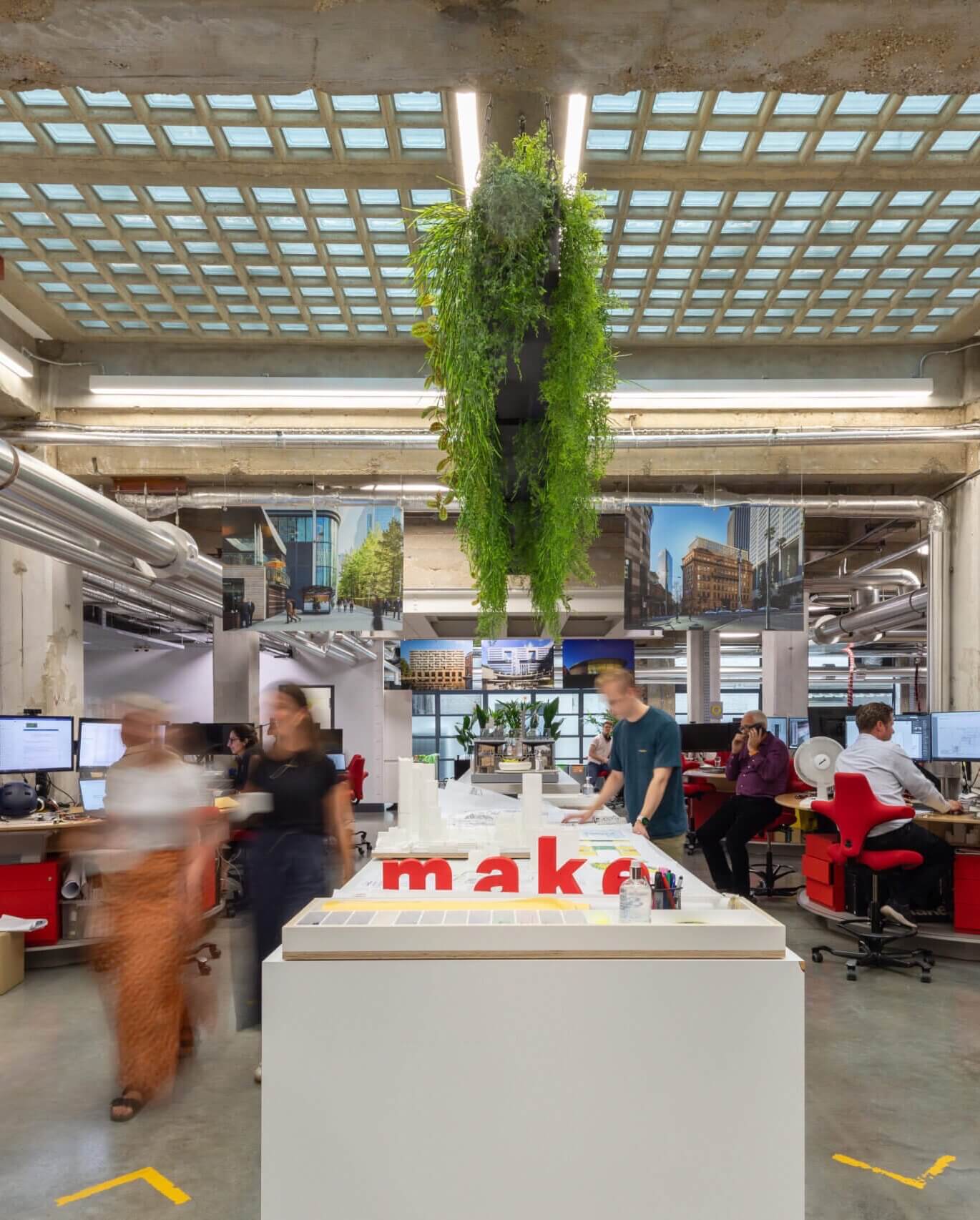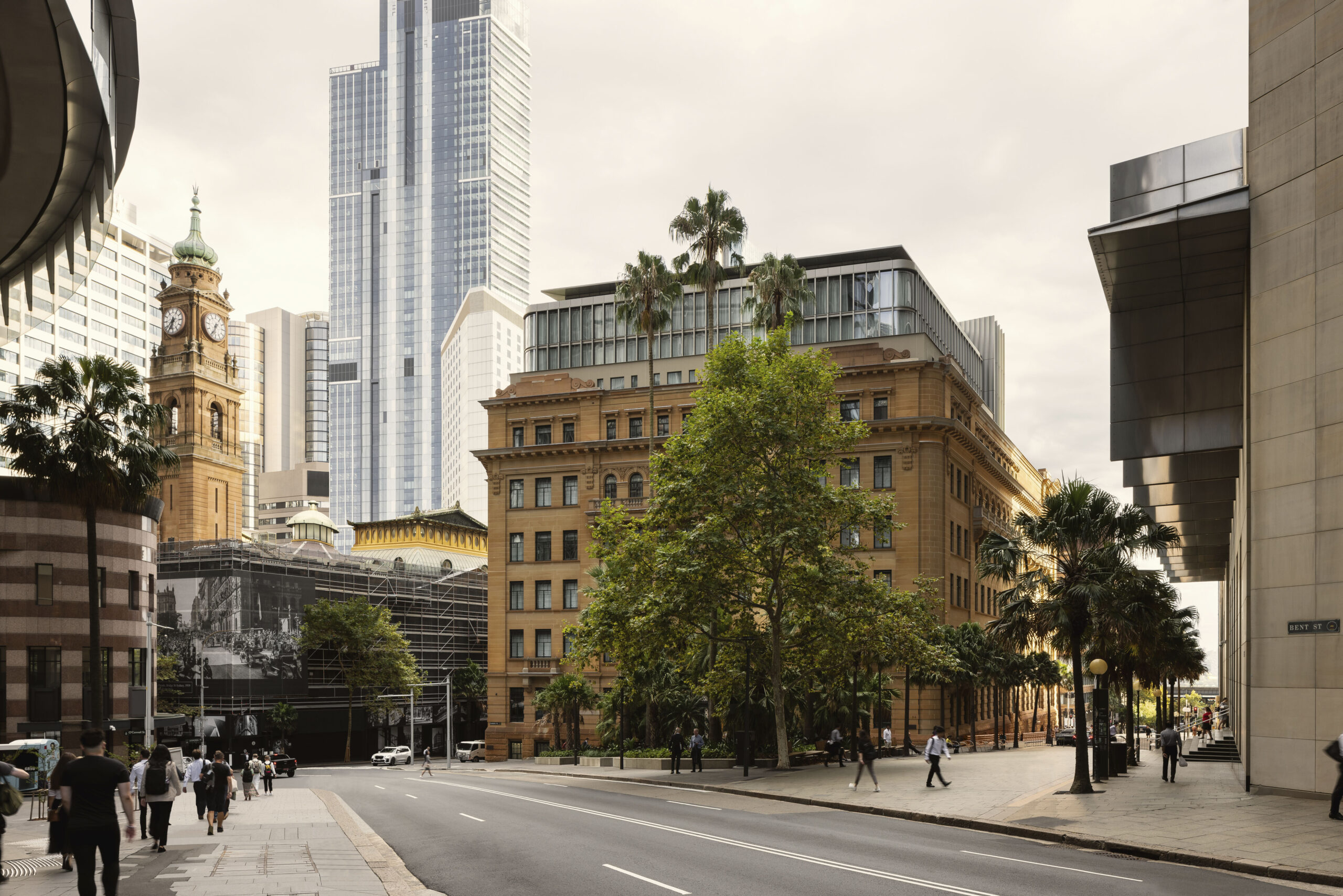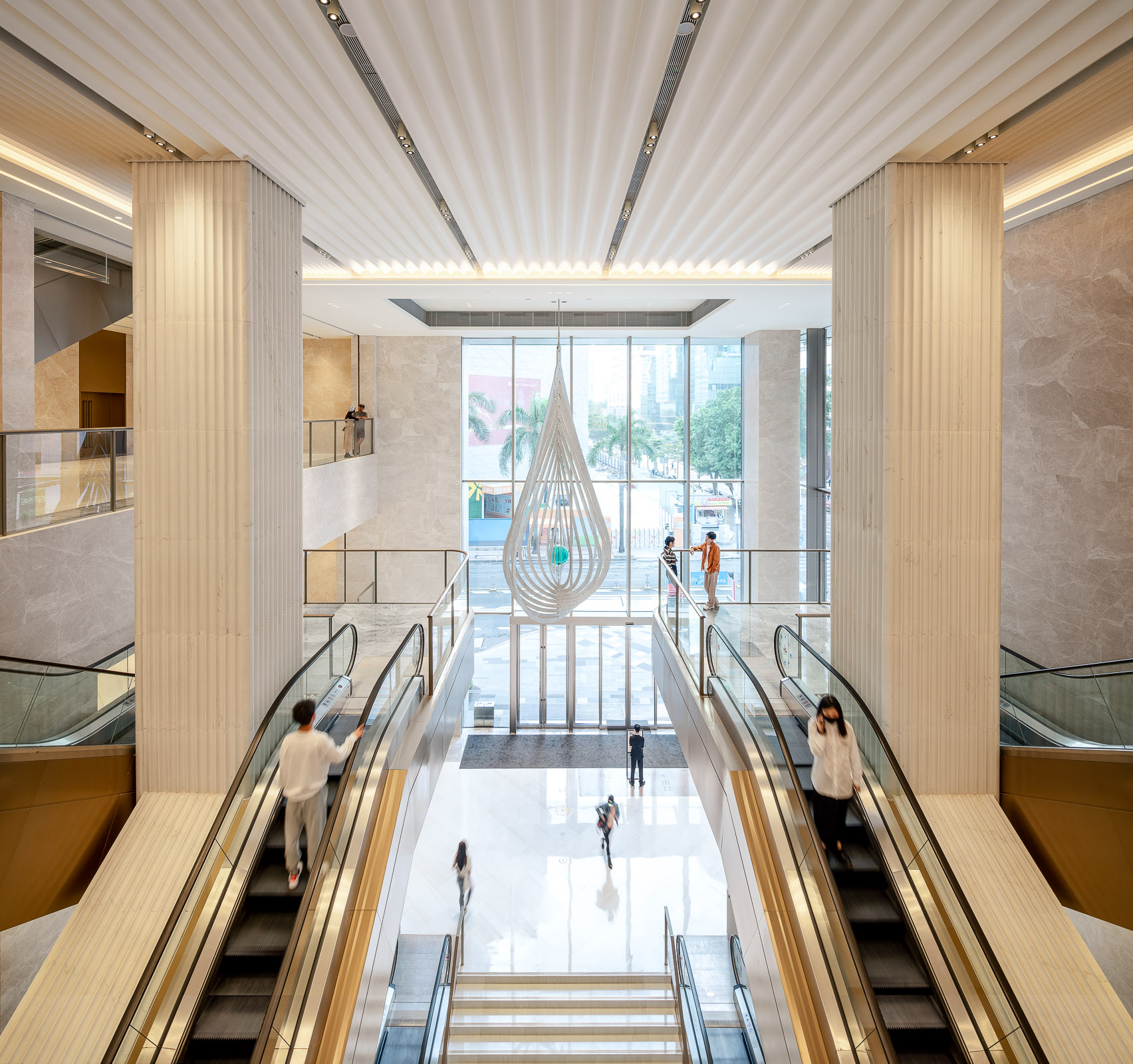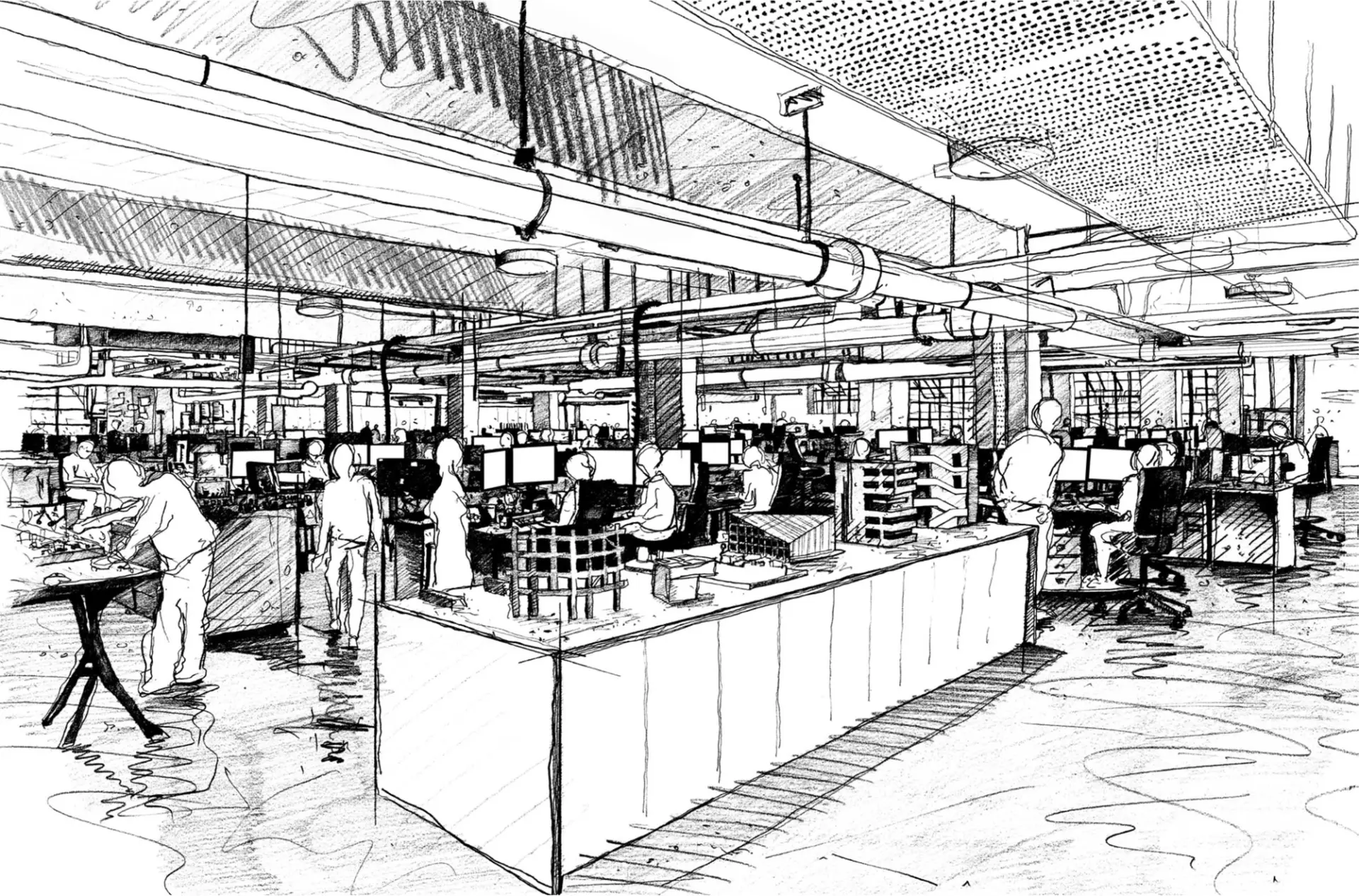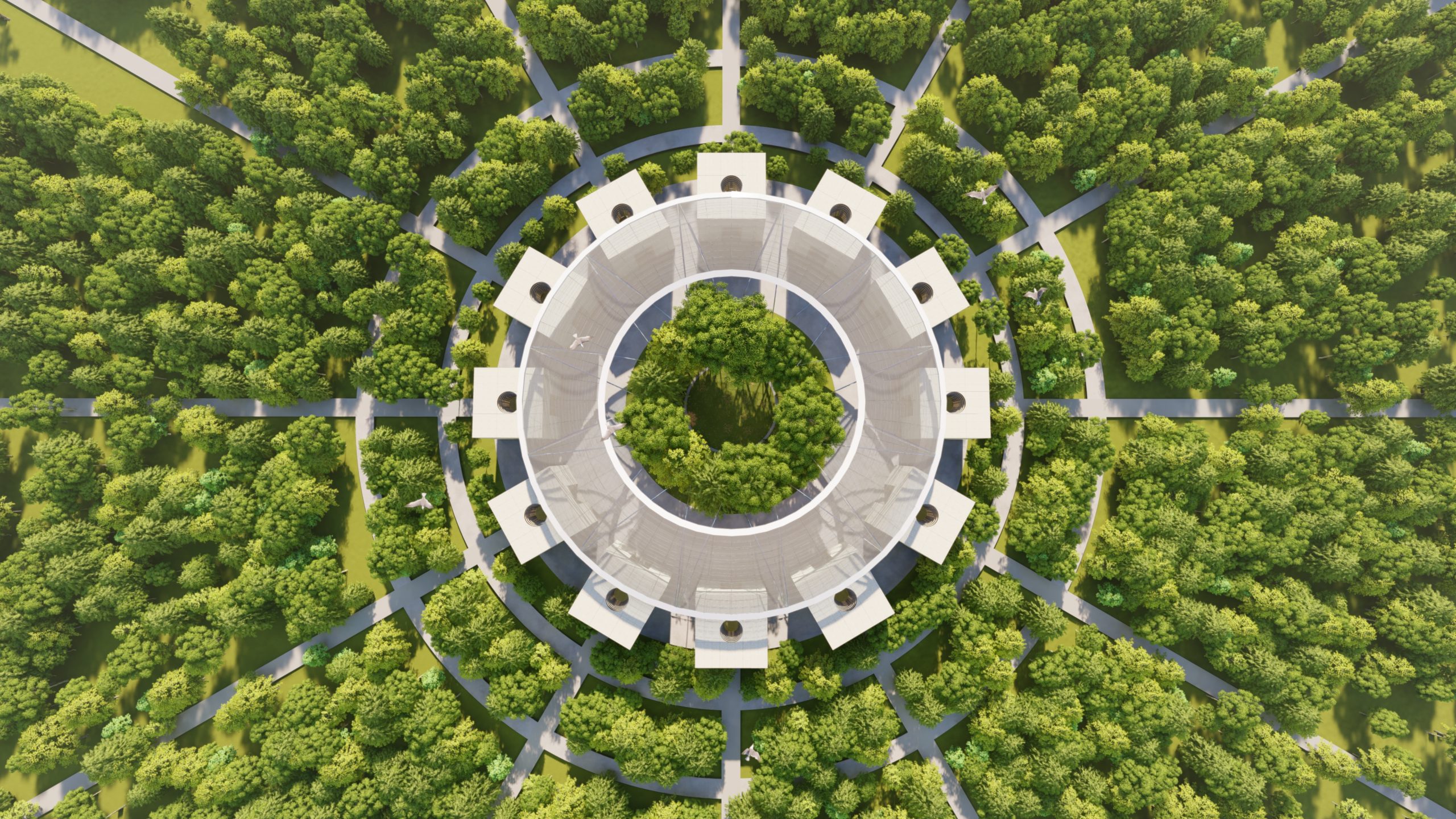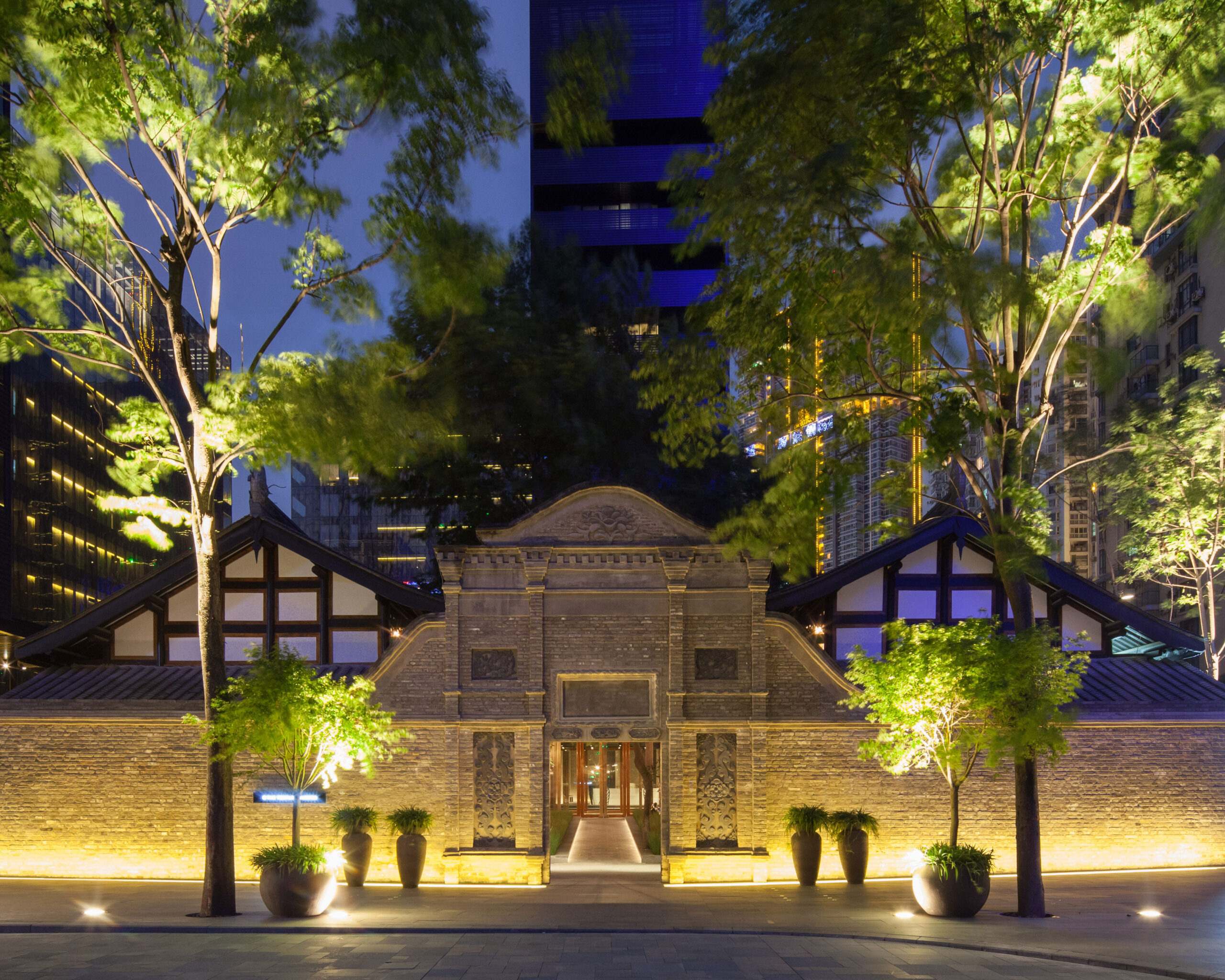
Stefan teaches at the Fondazione dell’ Ordine degli Architetti in Milan, and organises Sketchmob gatherings in Milan and Genoa that attract large crowds. Our Skype conversations inevitably revolve around two questions: what is the pedagogy underlying what we do, and how does the act of drawing build our knowledge of the world? Despite all the conversations we’ve had, we’ve never fully drained these subjects.
Stefan has uprooted and resettled several times in different European cities, and his fictions often reflect the viewpoint of an outsider, relying on fragmented impressions in an attempt to make sense of the whole. The act of drawing, he says, “fruitfully excites your imagination in the way a book excites you more than a movie, forcing your mind to create a complete 3D model of a particular space out of the partial image the eyes meet.”
I founded Sketchmob in London in 2007. Our meetings eventually became a way to keep in touch with architectural clients and friends who’d lost their jobs in the economic crash. We sketch together in great locations and then have a beer (actually, several). To draw, you only need a piece of paper and a pencil, so it‘s easy to resource these big recreational gatherings, which over time mature into rich cultural exchanges as a group identity begins to form.


When you draw, you inhabit the space you are sketching. Through empathy you ‘feel’ and assess the scale, texture, proximity and vistas that pour out of your hand in a physiological circuit linking your mind’s eye to your pen. Drawing is a complex intellectual process that is both an act of cognition and an embodied experience where your hand ‘knows’ the moves it should make to capture momentary abstract glimpses projected from the unconscious to the conscious mind.
The generic, unfeeling quality of computer-generated images is nobody’s fault, especially not the computer’s; the computer cannot feel. Typically we use computer renderings as underlays for drawing on, once they have done the donkey work of setting the views up.
What Stefan’s drawings exemplify is a tension between the ‘knowing’ of a recognisable space and the not knowing of the space being assembled by the imagination. Add to this the sensation of drunken imbalance that accompanies the drawing experience, manifest in the frail exactitude of the human hand.

His extraordinary body of work – including his futuristic animated drawings, in dialogue with photos of Milan by Stefano Gusmeroli – can be found on YouTube, Facebook and his blog: the architecture draftsman.
This interview forms part of our series on The Architecture Drawing Prize: an open drawing competition curated by Make, WAF and Sir John Soane’s Museum to highlight the importance of drawing in architecture.





